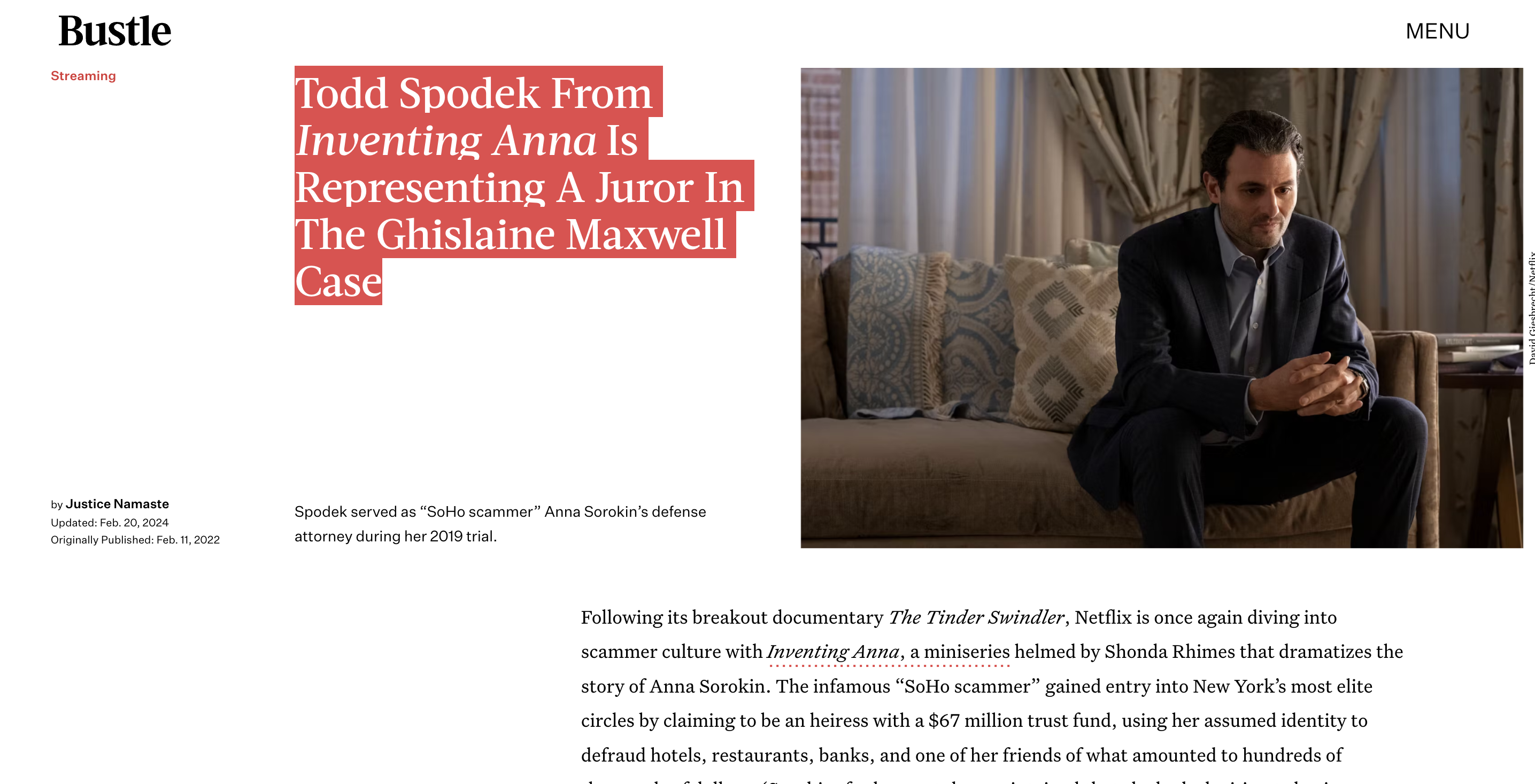Blog
When Counterfeiting Investigations Become Unlawful ‘Entrapment’
Contents
When Counterfeiting Investigations Become Unlawful Entrapment
Counterfeiting is a serious crime that costs businesses billions of dollars every year. However, in their zeal to catch counterfeiters, law enforcement sometimes crosses the line into entrapment. This article examines when counterfeiting investigations become unlawful entrapment.
Entrapment is a complex legal defense that can get murky quickly. Basically, entrapment occurs when law enforcement induces someone to commit a crime they otherwise wouldn’t have committed. There’s no bright line rule; every case depends on its specific facts. But some common themes emerge in counterfeiting stings gone wrong.
Using Deceptive Tactics

Police often use deception when investigating counterfeiters. This is usually allowed, but sometimes the lies go too far. For example, in U.S. v. Kaminski, the defendant argued entrapment when an undercover agent claimed her boss wanted counterfeit DVDs to sell overseas. The court agreed this lie crossed the line into entrapment because it made the crime seem more appealing. [1]
Another common tactic is undercover officers posing as corrupt buyers offering big payoffs. This by itself is permitted. But if the money offered seems to coerce someone in desperate financial straits, it can constitute improper inducement. For example, in U.S. v. Connell, a U.S. Mint employee claimed entrapment after an undercover agent offered him $65,000 to produce counterfeit plates. The court found potential entrapment because the agent knew the defendant had money problems. [2]
Targeting Vulnerable Individuals
Entrapment is more likely if the target seems vulnerable, gullible or easily manipulated. In U.S. v. Duvall, prosecutors charged a man with counterfeiting after he tried selling obviously fake bills to an informant. The court dismissed the case, finding it “almost frivolous” because the defendant seemed mentally unstable. [3]
Likewise, in U.S. v. Johnson, an informant befriended a lonely widow and convinced her to pass counterfeit bills her “boyfriend” supposedly gave her. The court ruled this exploitation of her emotional vulnerability constituted entrapment. [4]
Repeated Solicitation
Entrapment is more likely if the undercover agent aggressively and persistently solicits the target to commit a crime. For example, in U.S. v. Skarie, an informant spent months aggressively lobbying the defendant to produce counterfeit currency, even offering to provide the paper. The court found entrapment, noting the defendant had refused until the informant’s persistence wore him down. [5]
However, courts have also held that merely affording the defendant multiple opportunities to commit a crime does not necessarily constitute entrapment. The key issue is whether the inducement overcame the defendant’s reluctance.
Sting Operations Gone Too Far
Some counterfeiting stings go so far over the line that entrapment seems obvious. For example, in U.S. v. Yater, federal agents printed their own counterfeit money, then arrested anyone who agreed to pass it. The court dismissed the charges, lambasting the government for manufacturing crime rather than preventing it.
Similarly, in U.S. v. Twigg, a government informant suggested setting up a lab to make methamphetamine, provided ingredients, and did most of the work. The court found entrapment, stating the government impermissibly manufactured a new crime simply to prosecute it.
Proving Entrapment
There are two main tests courts use to evaluate entrapment claims: the “subjective” test and the “objective” test. The subjective test, followed by the federal courts and most states, focuses on the defendant’s predisposition to commit the crime. Entrapment is less likely if evidence shows the defendant was already inclined to offend.
In contrast, the objective test, adopted in a minority of states, disregards predisposition and asks whether police conduct would have induced a hypothetical average law-abiding person to commit the crime. This test makes entrapment easier to prove.
Practical defenses against counterfeiting charges include showing the defendant lacked necessary equipment and expertise, refused initial solicitations, or balked at key steps. Any evidence that the crime originated with police rather than the defendant helps prove entrapment.
A Fine Line
Police walk a fine line between vigilantly enforcing counterfeiting laws and improperly creating crime. While deception is often necessary, directly tempting vulnerable people into counterfeiting crosses into entrapment. Courts will dismiss charges when it appears police manufactured a crime primarily to prosecute it rather than stop an existing criminal operation.
Still, no bright line exists, and the entrapment defense rarely succeeds. Police enjoy wide latitude, especially under the subjective test focusing on the defendant’s predisposition. The law tolerates a surprising amount of proactive inducement and deception to ferret out counterfeiters. But when investigations manipulate people who likely would never have committed the crime, they overstep this broad license, and the courts must intervene.









